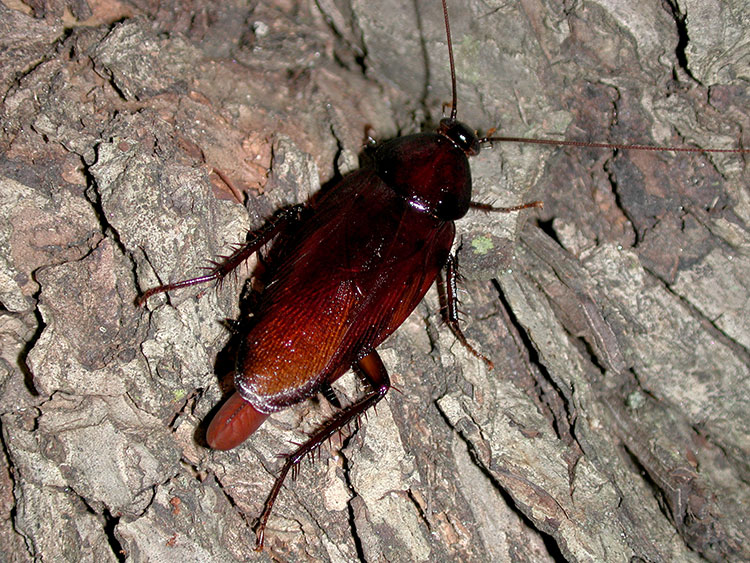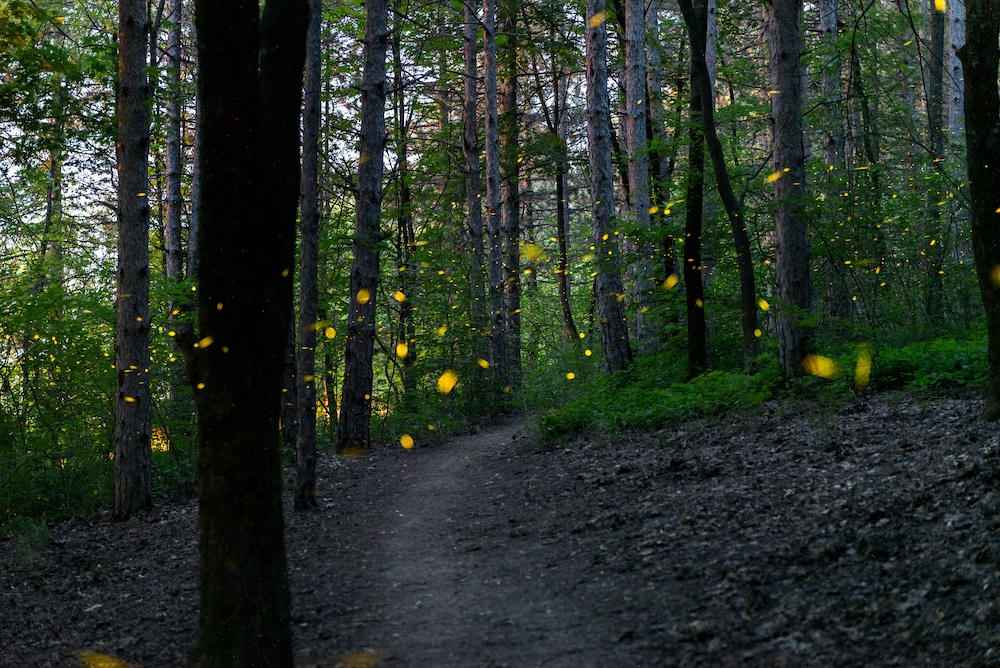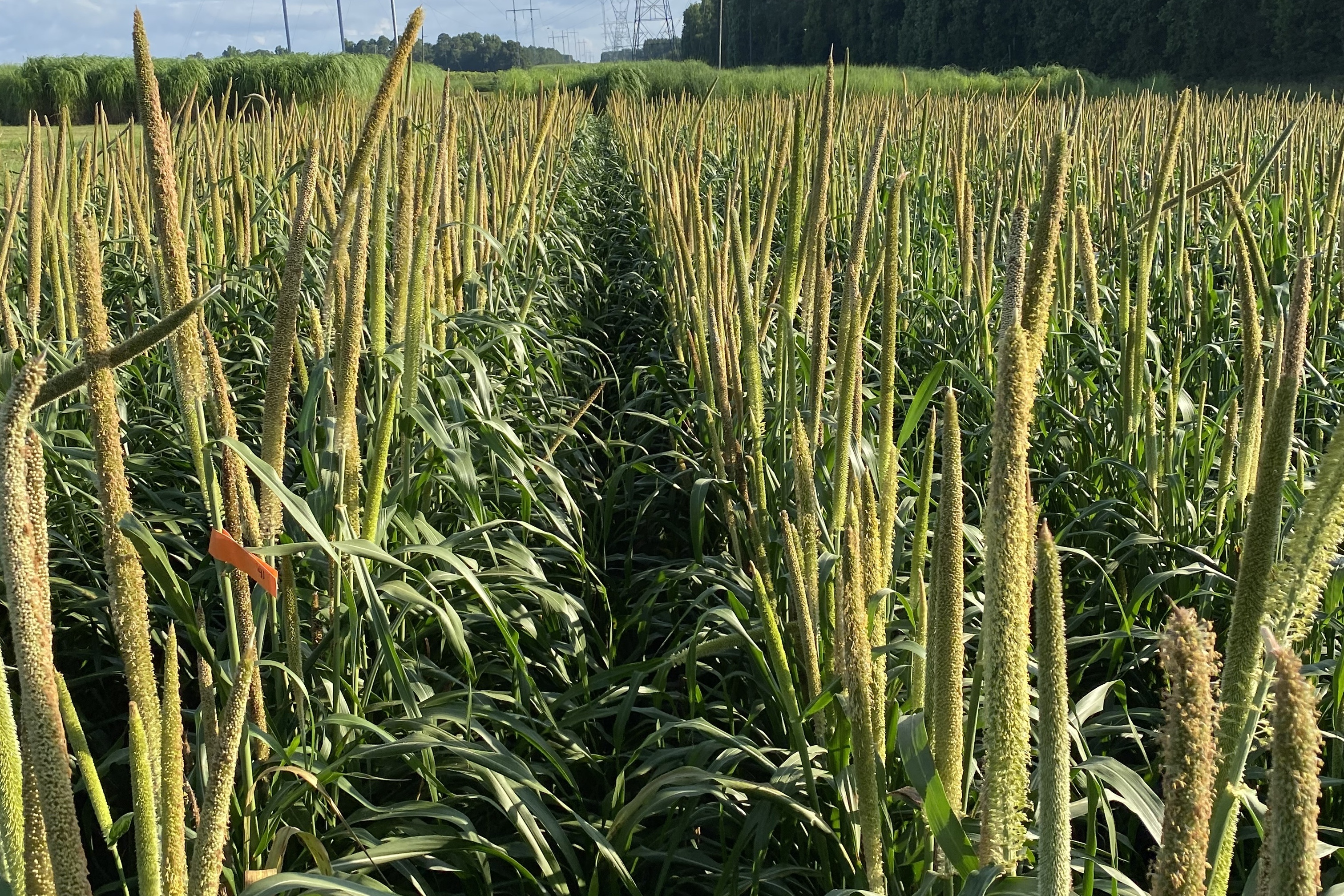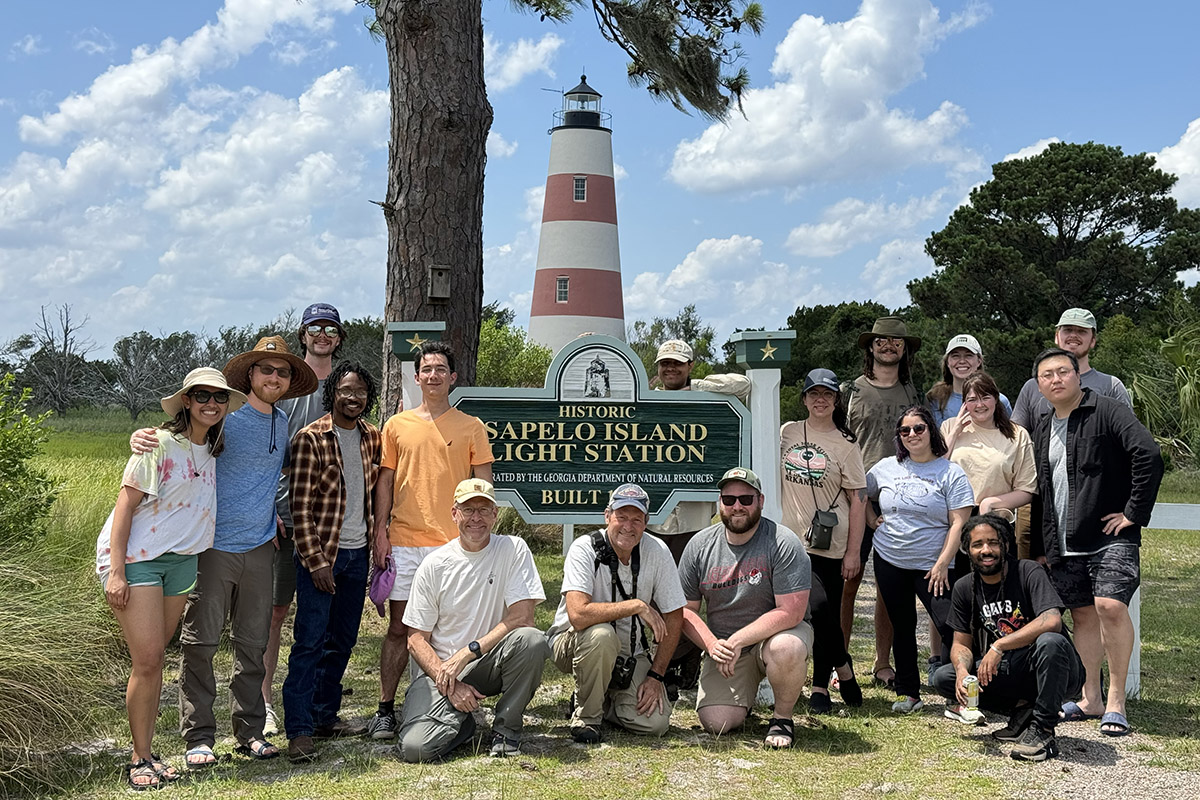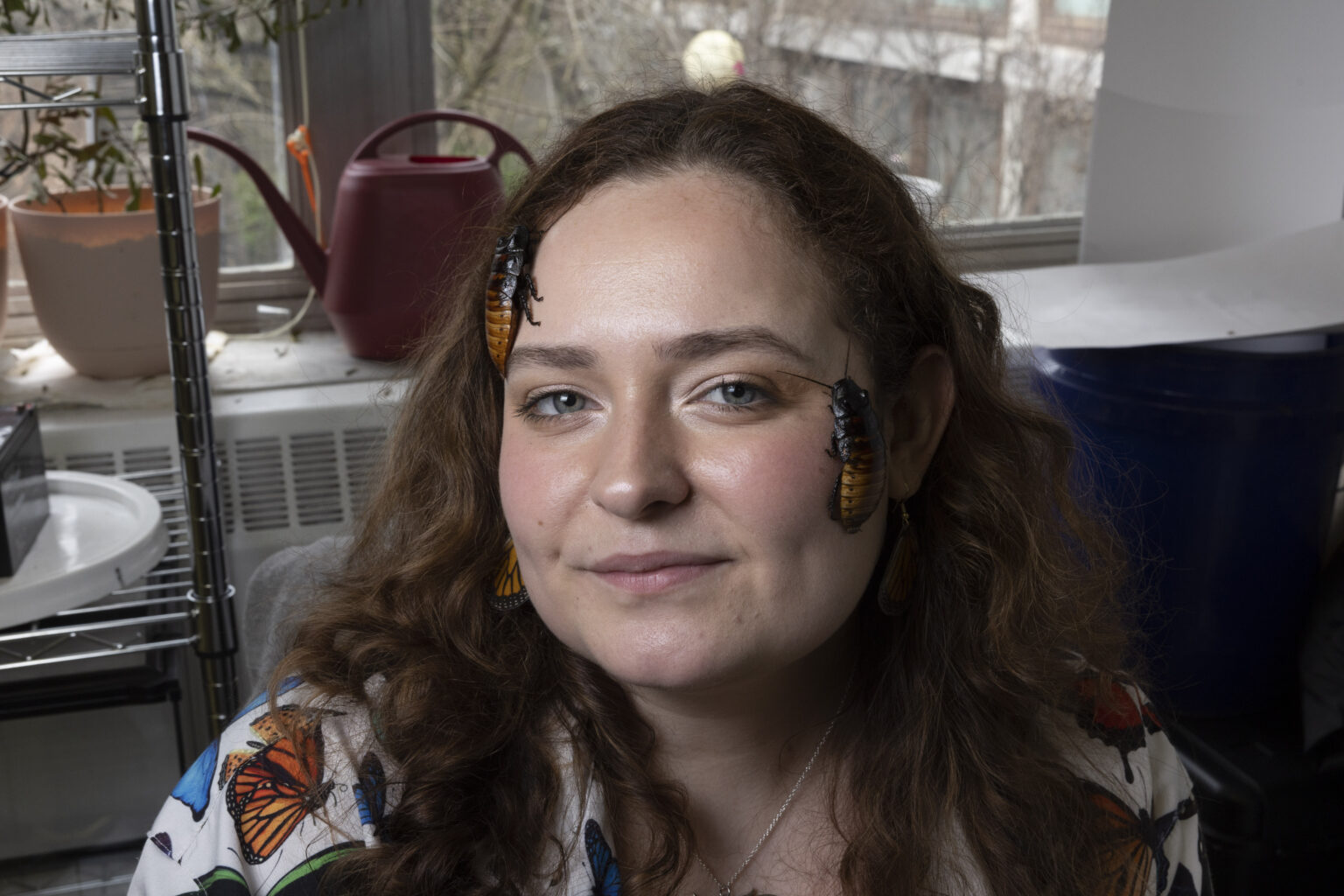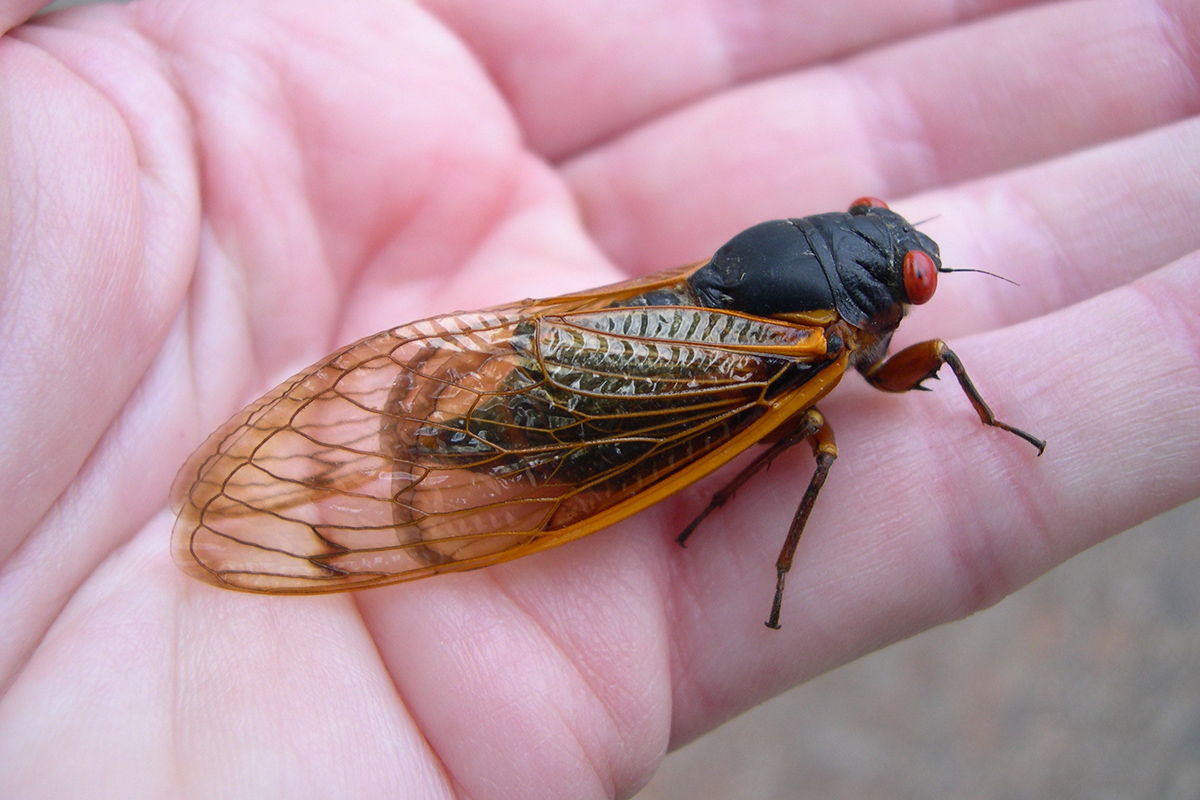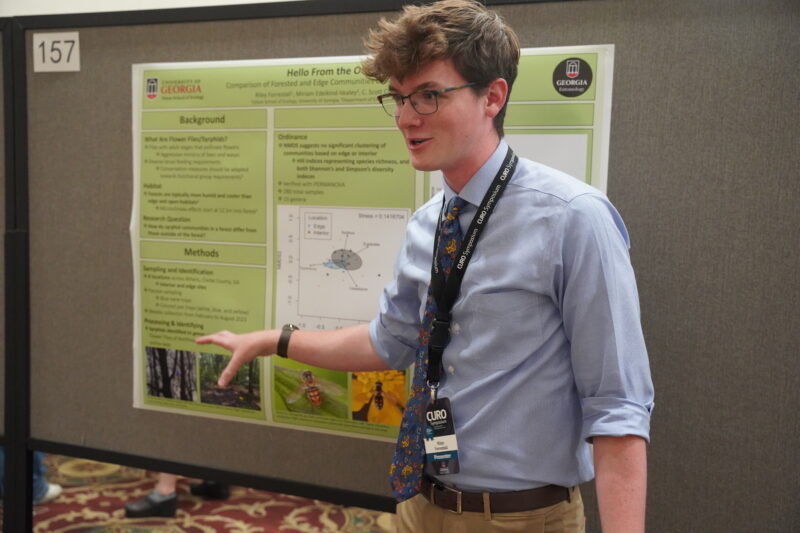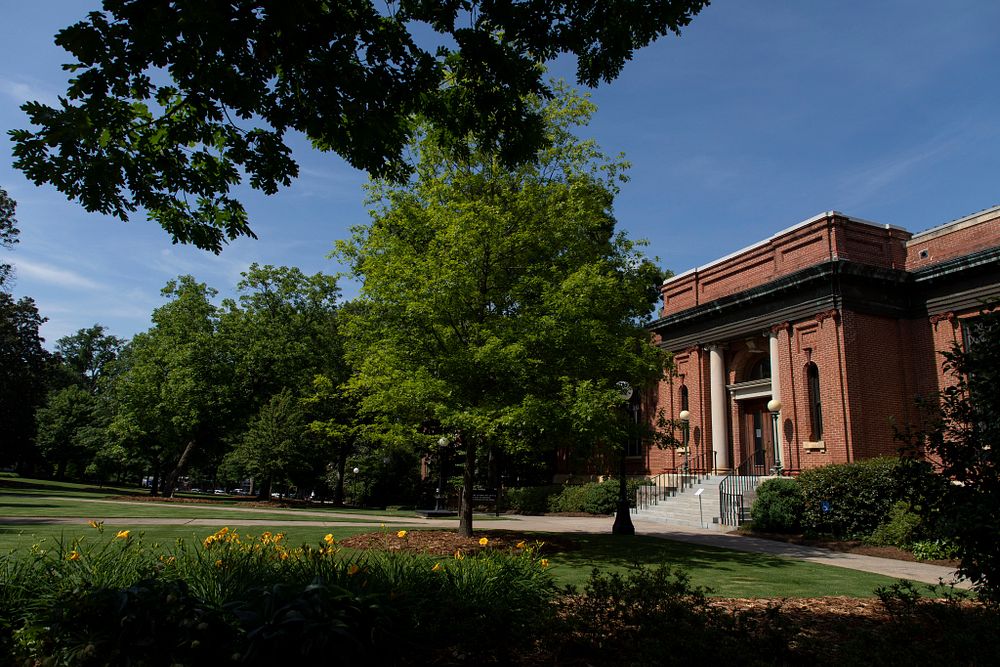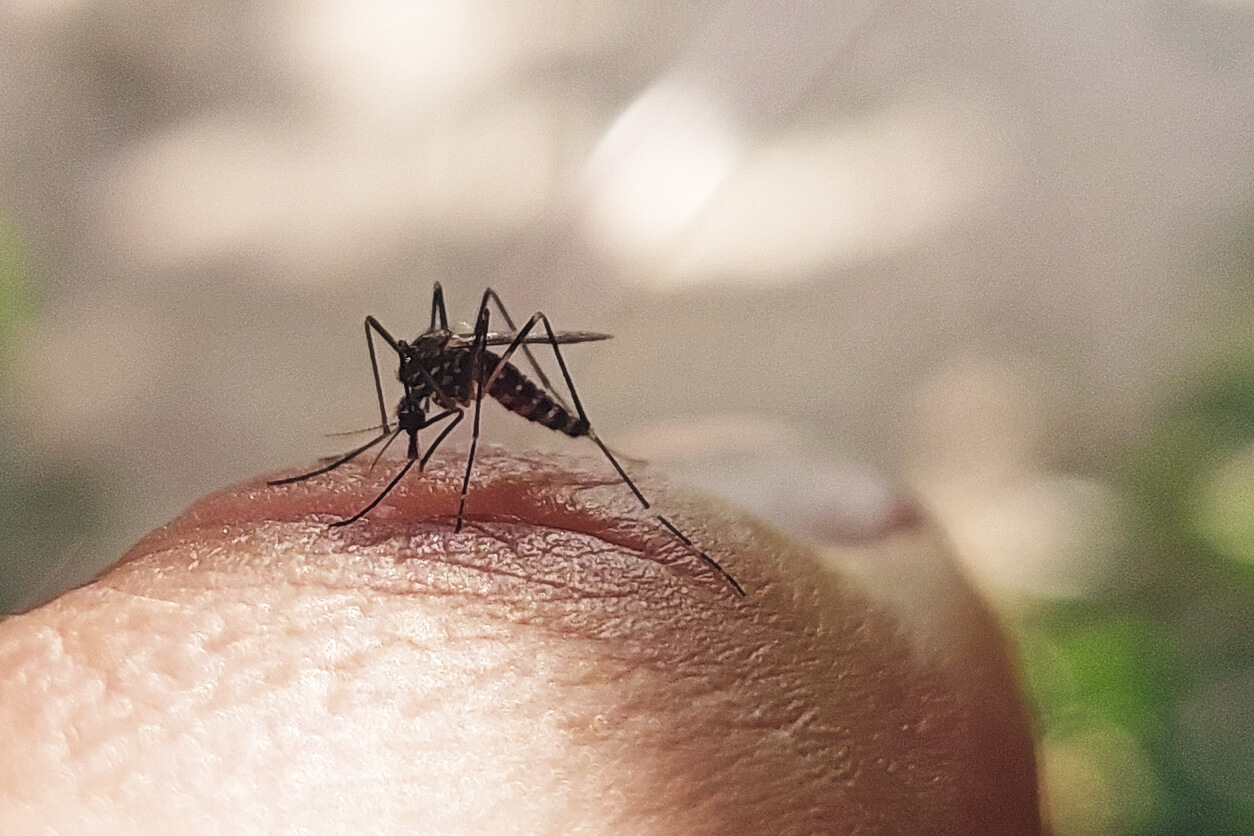 CAES News
CAES News
Prevent Spread of Dengue
As overnight temperatures increase during the summer, so do mosquito populations, bringing with them the risk of mosquito-borne diseases. In late June, the Centers for Disease Control warned that the U.S. is seeing an increased risk of dengue fever, a sometimes fatal viral disease transmitted by mosquitoes. This disease has been across much of South and Central America and the Caribbean, and with about 1,500 cases, the U.S. Commonwealth of Puerto Rico has declared a public health emergency over dengue.

